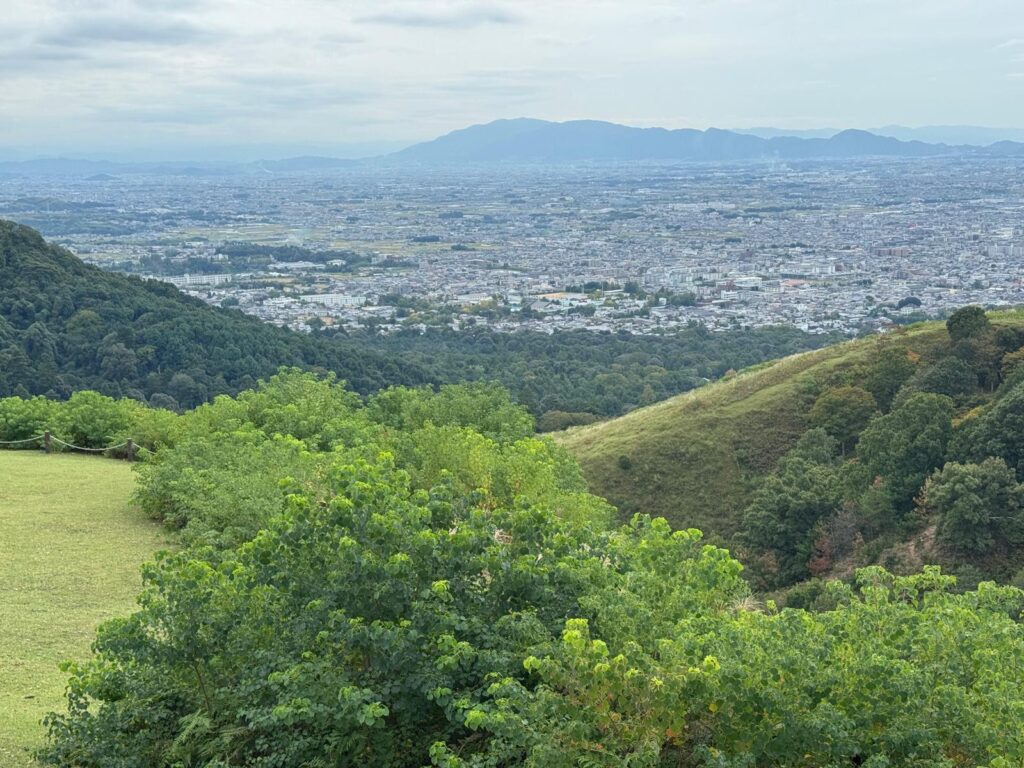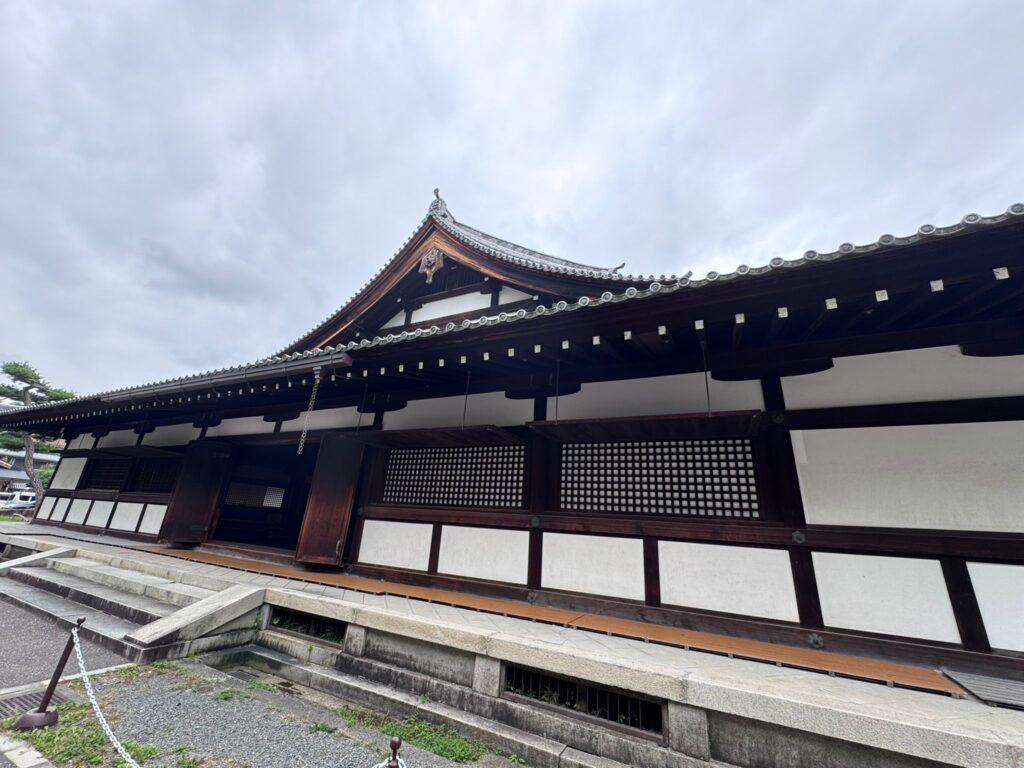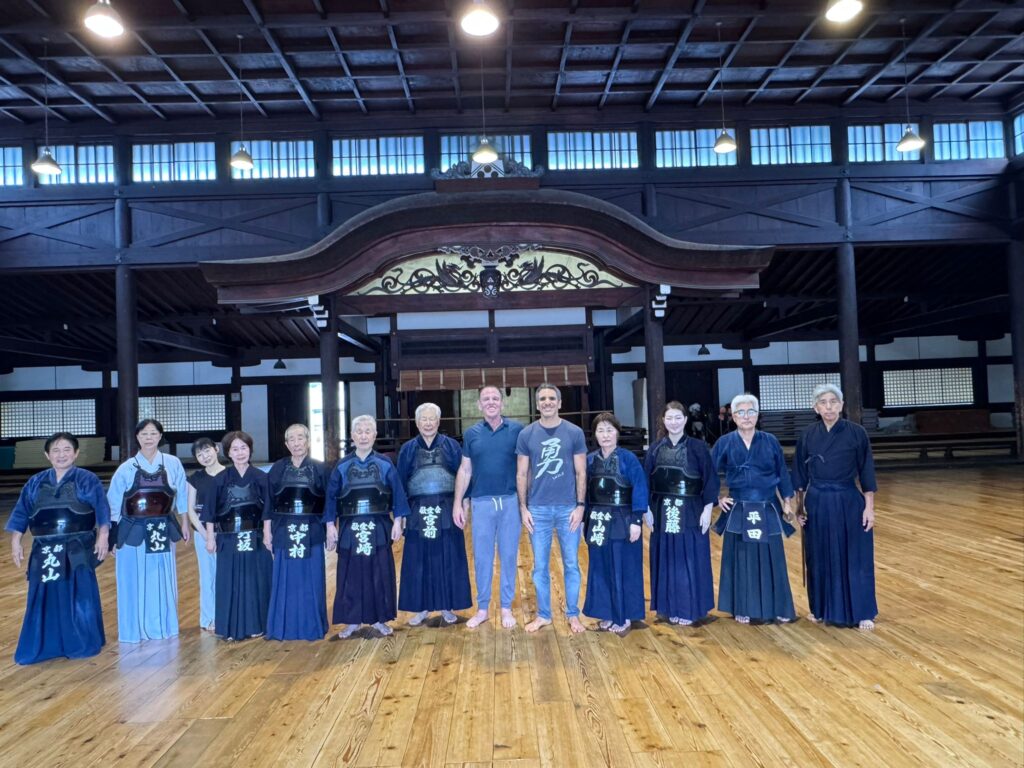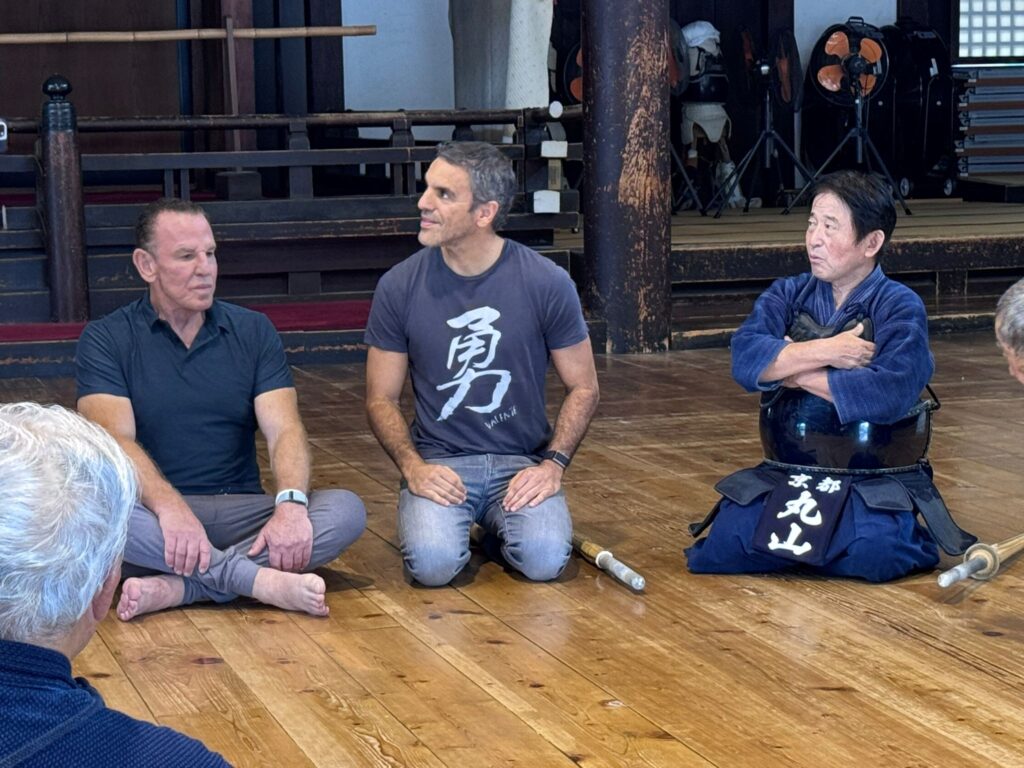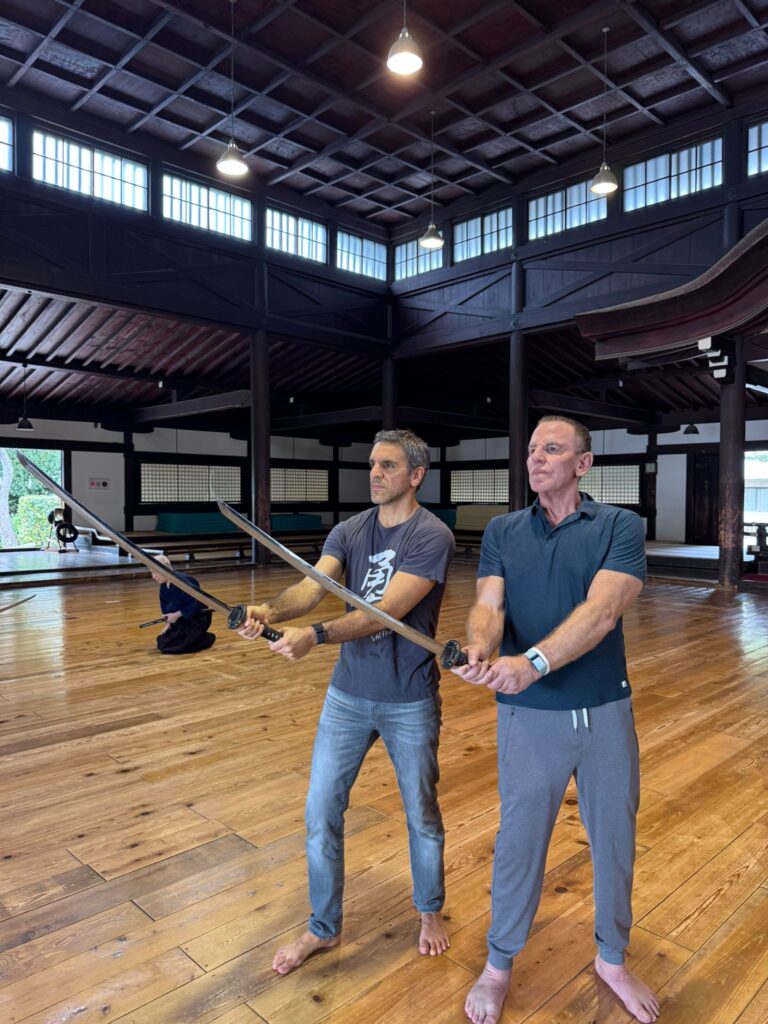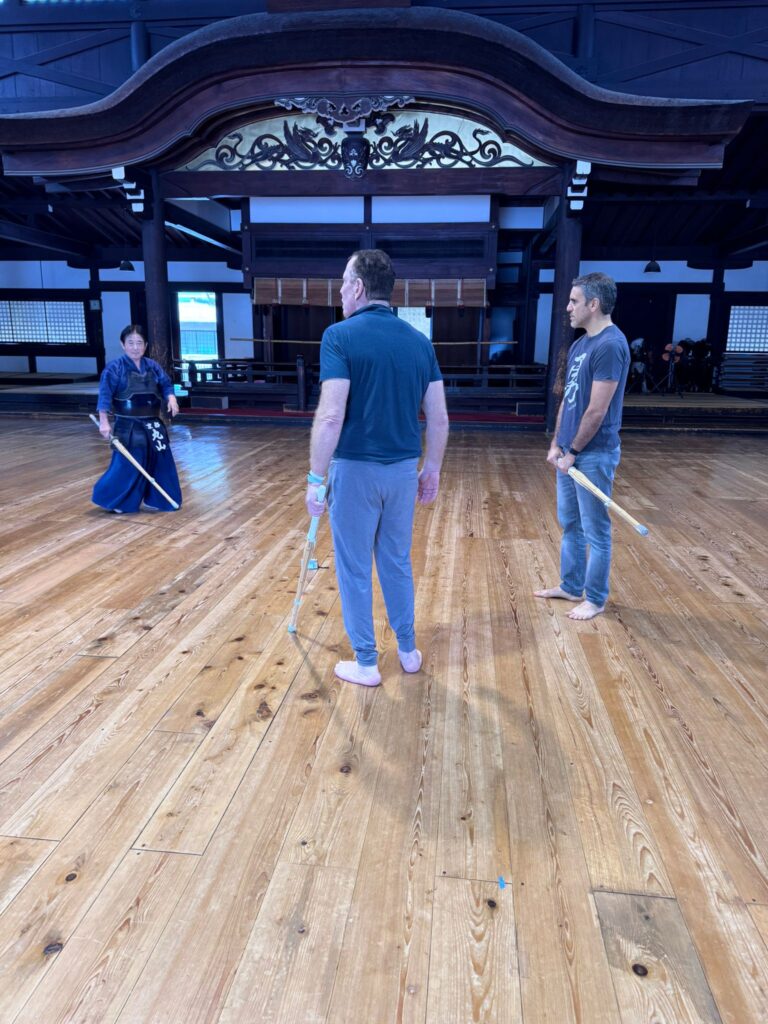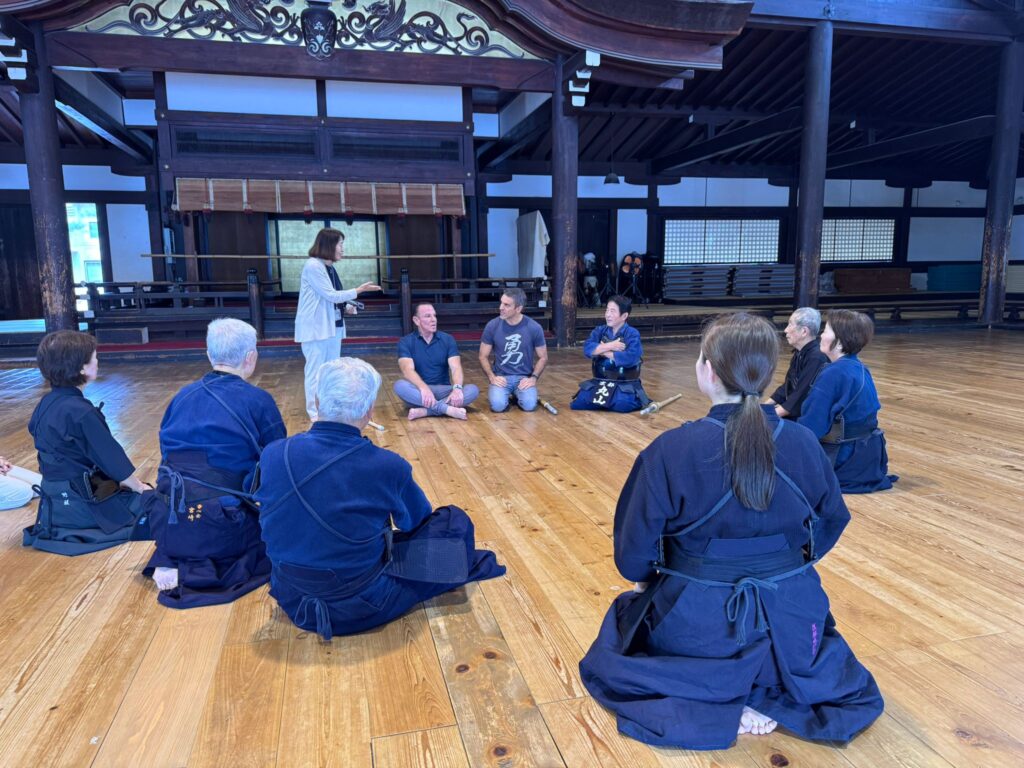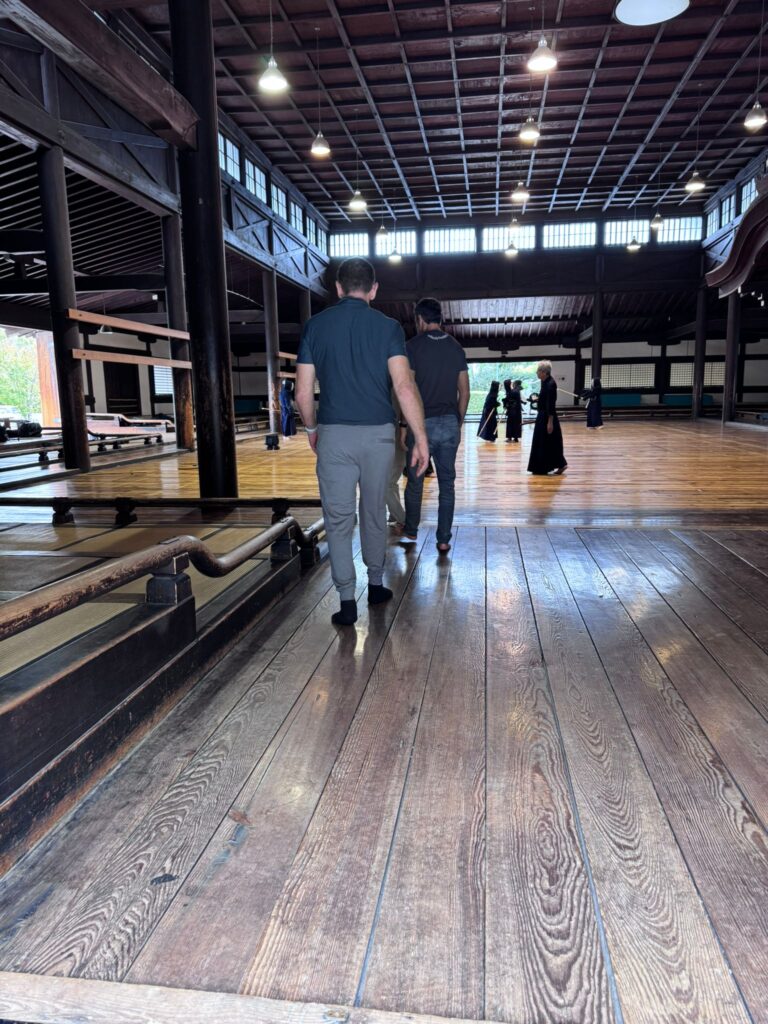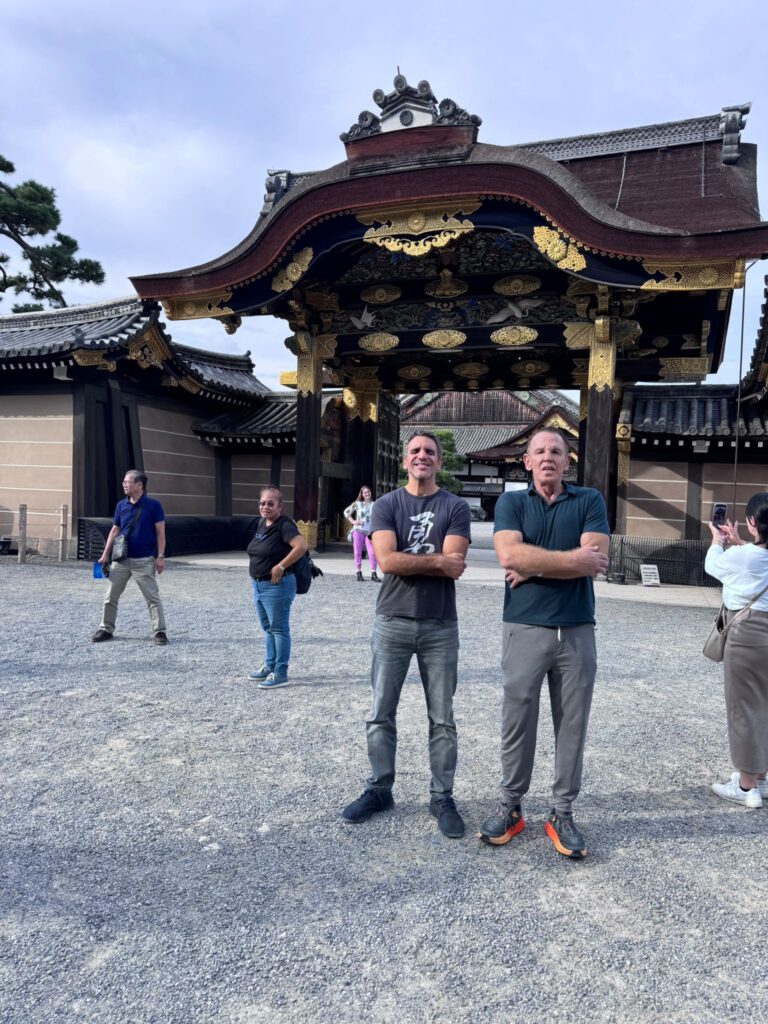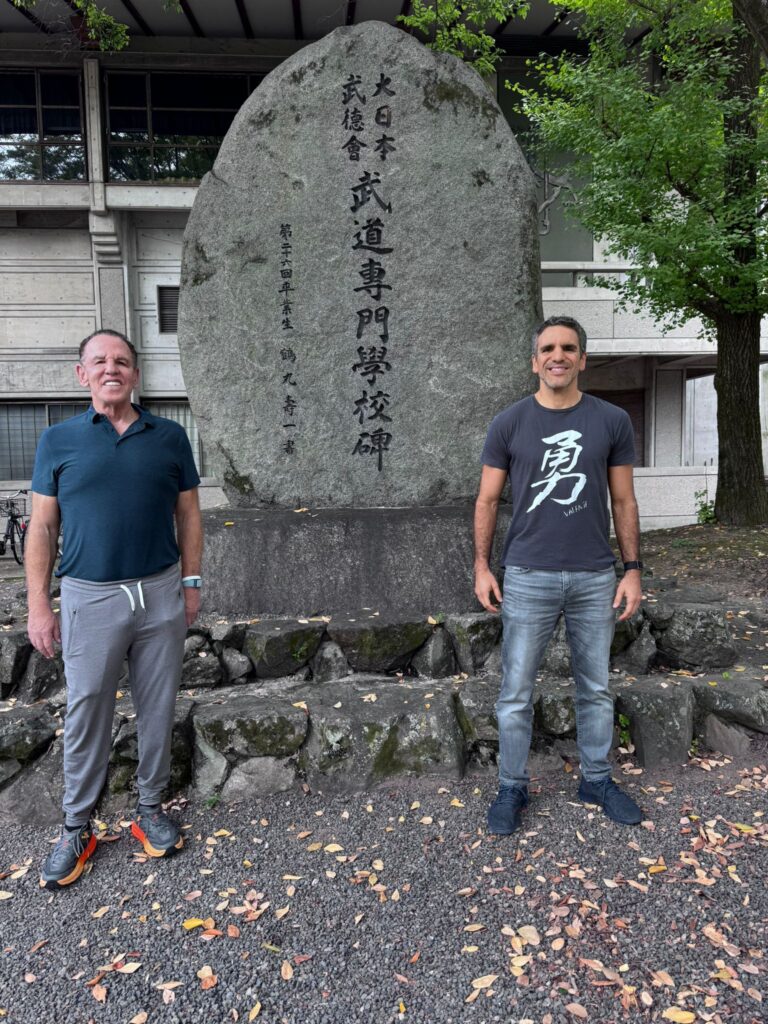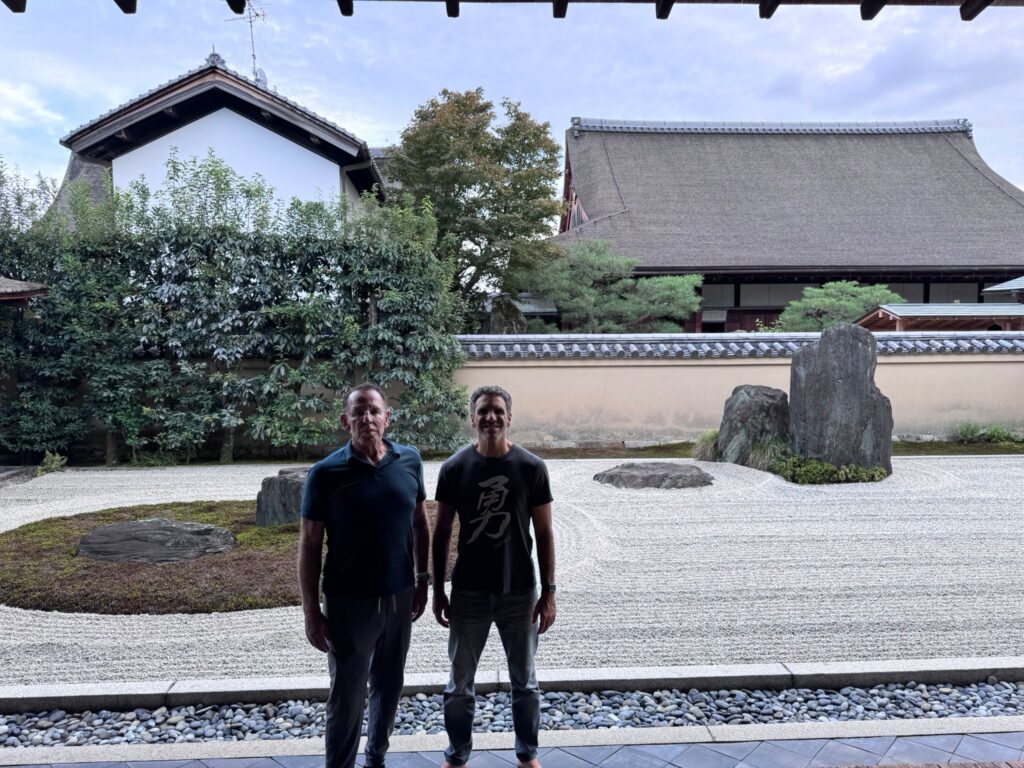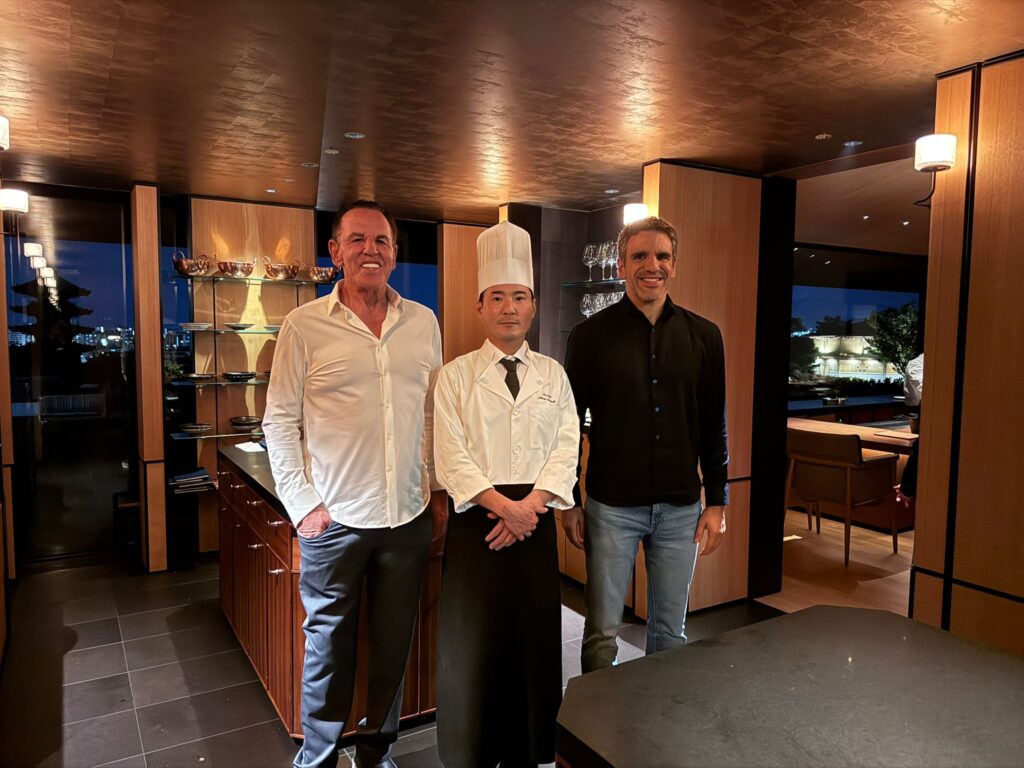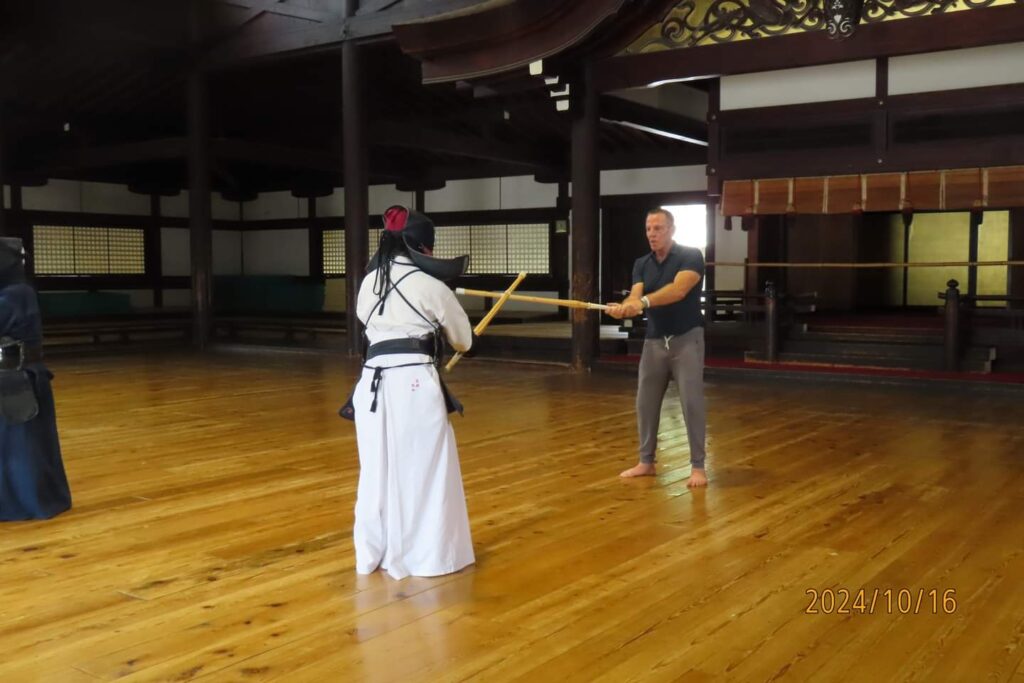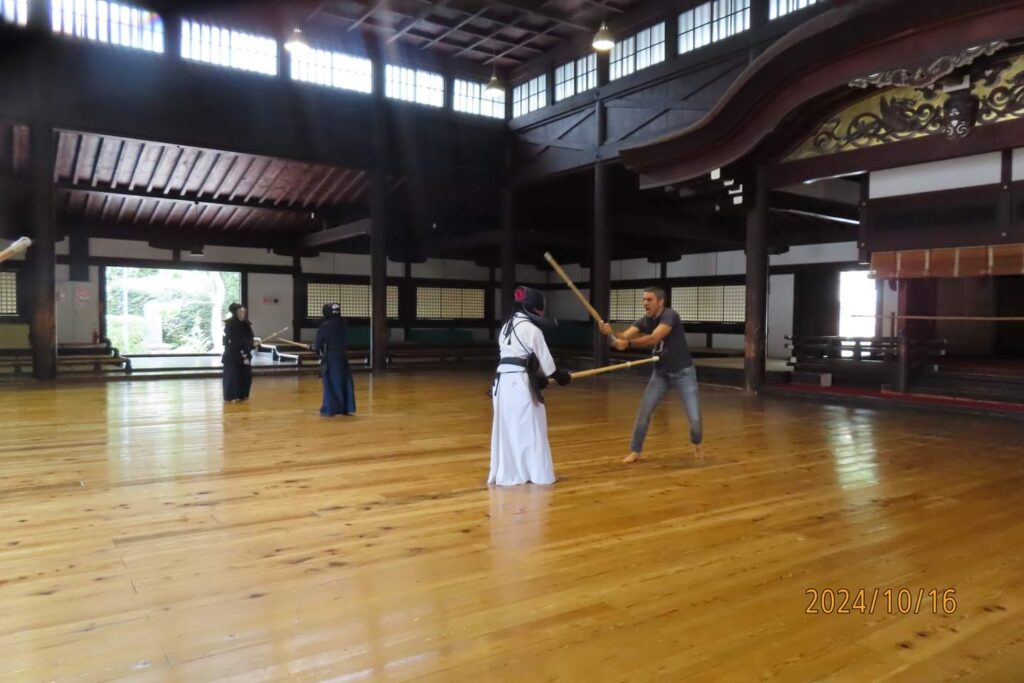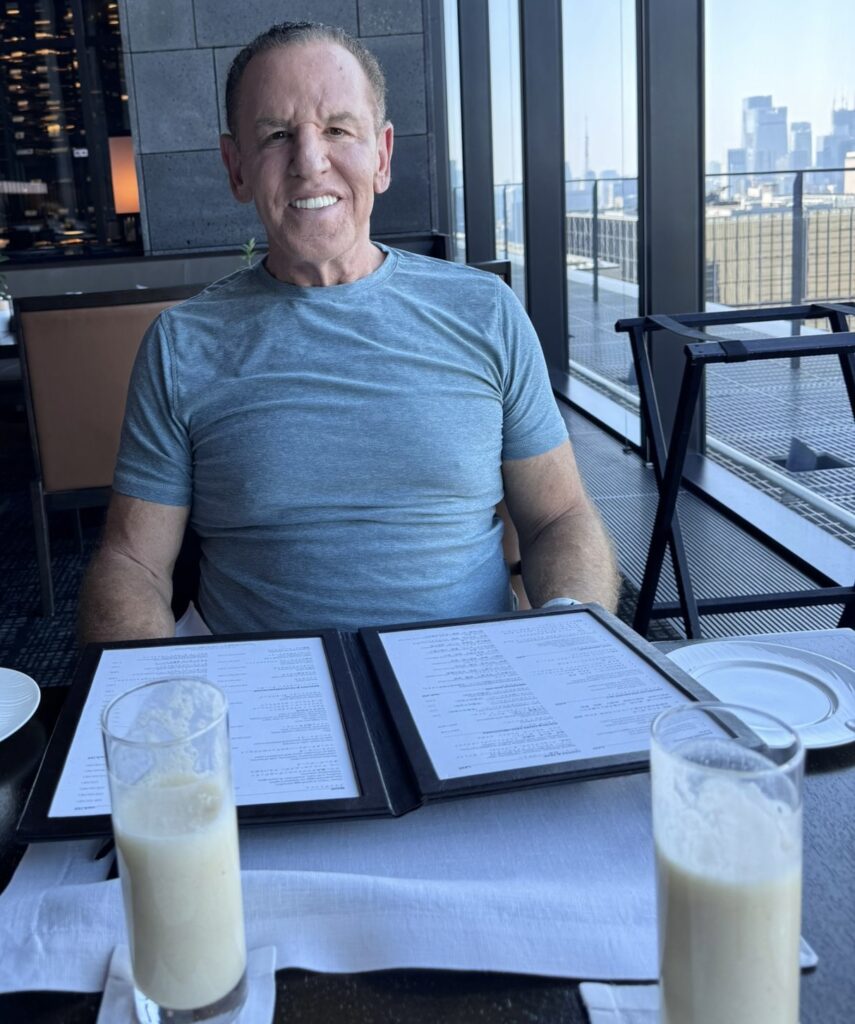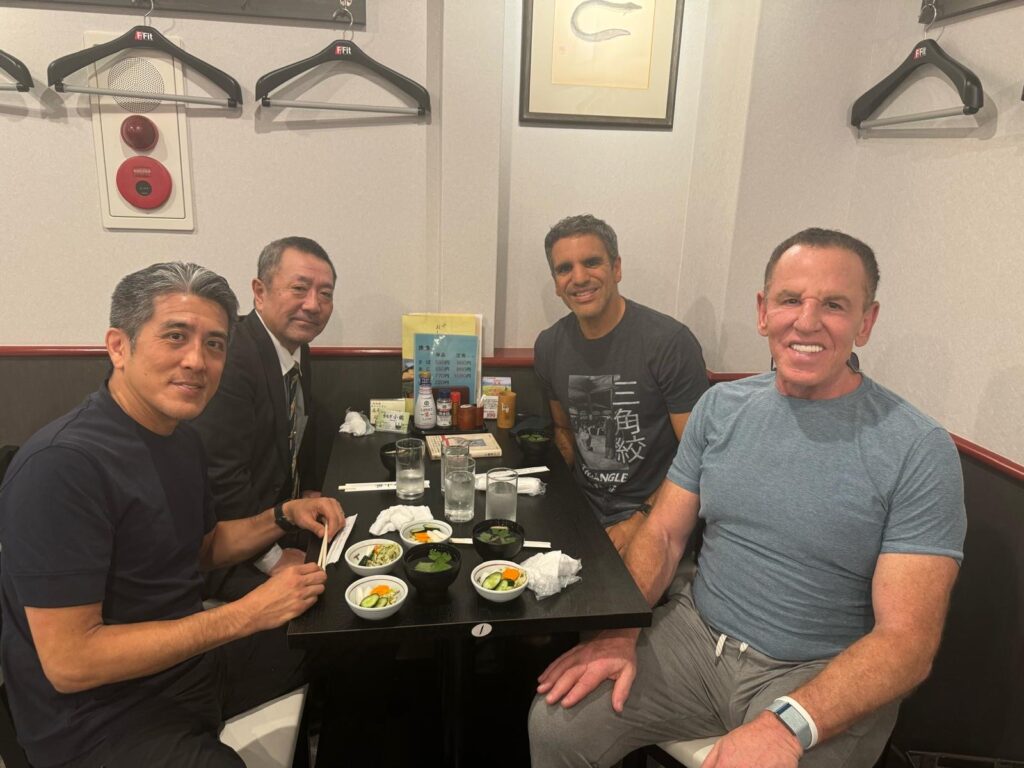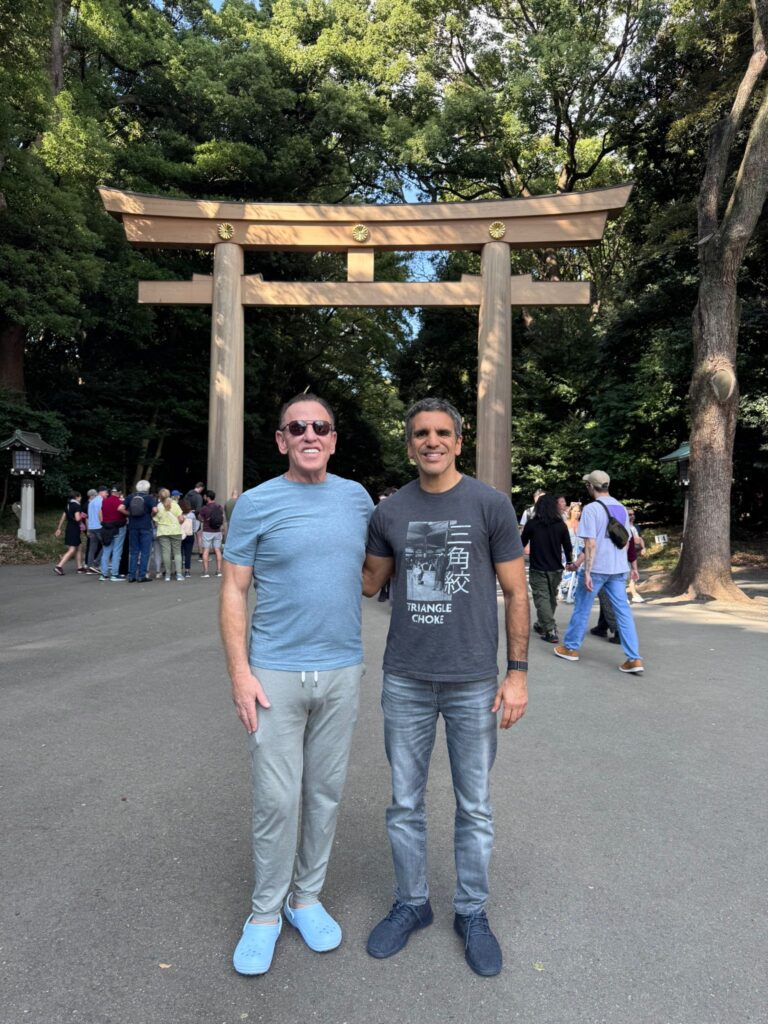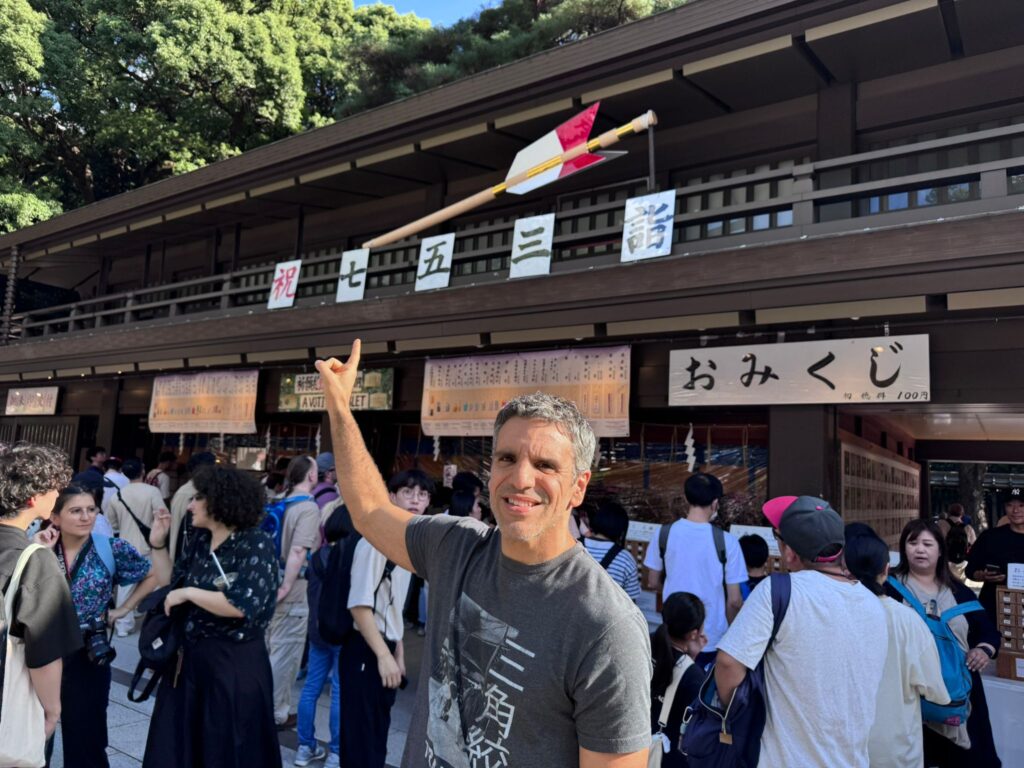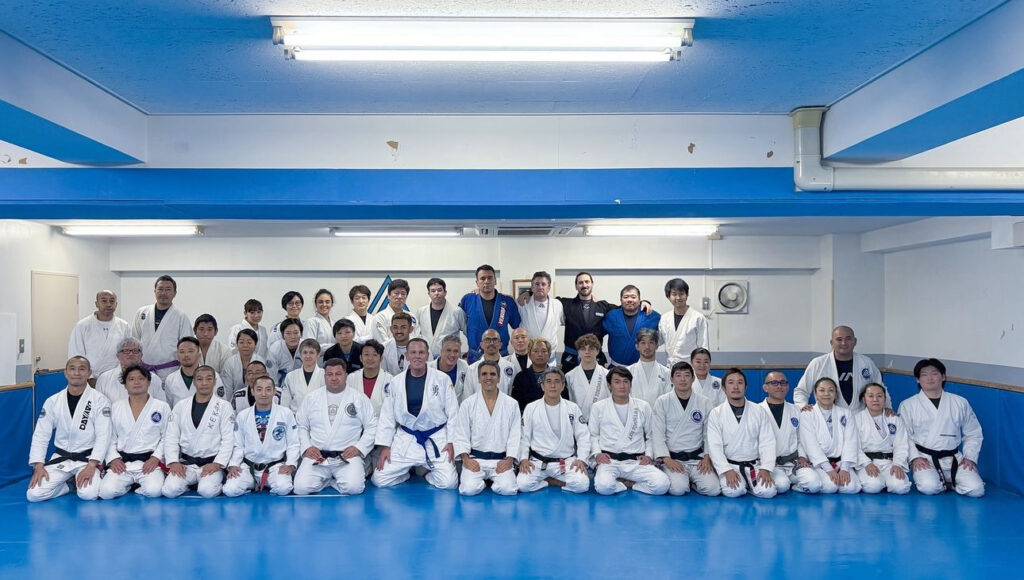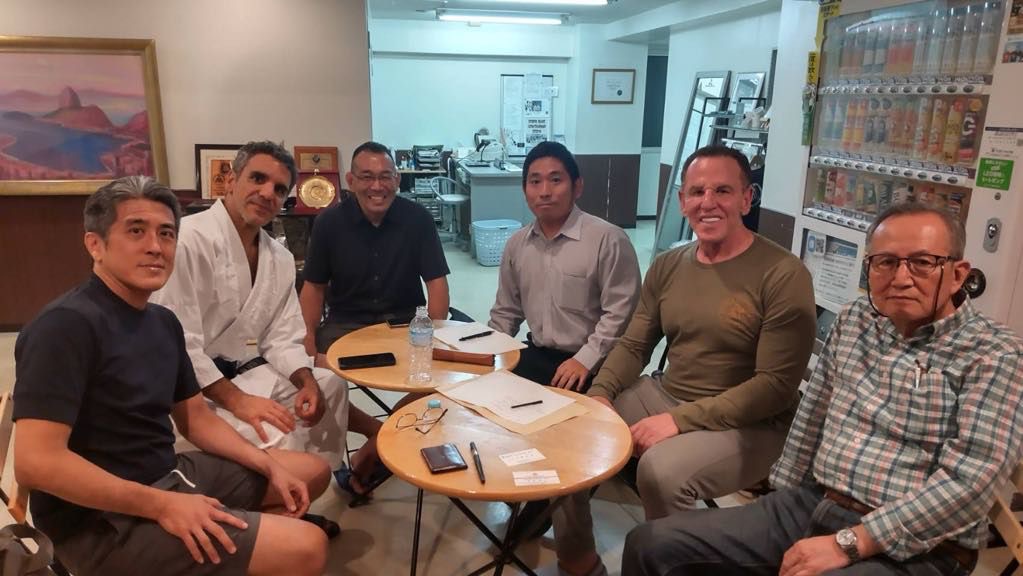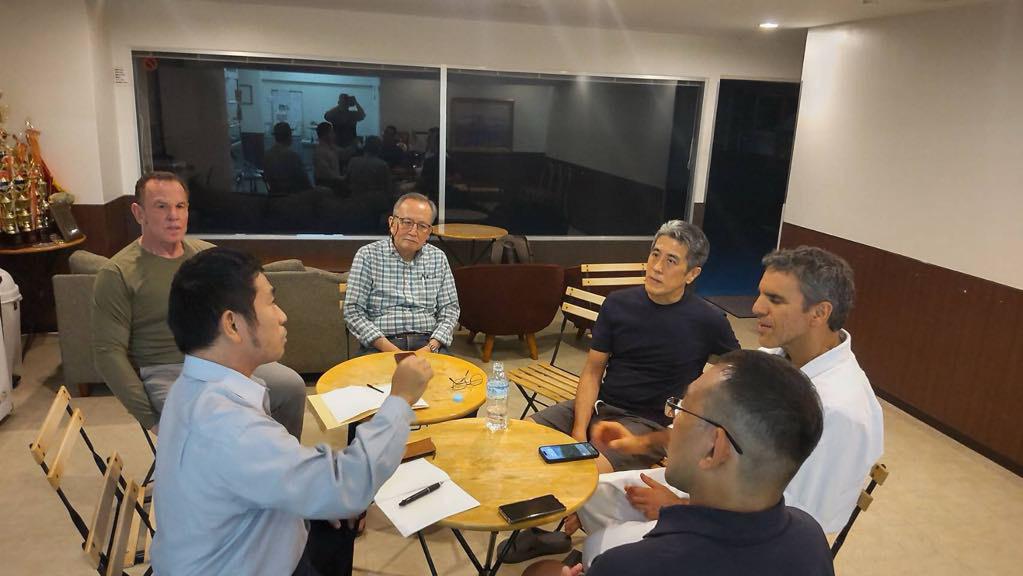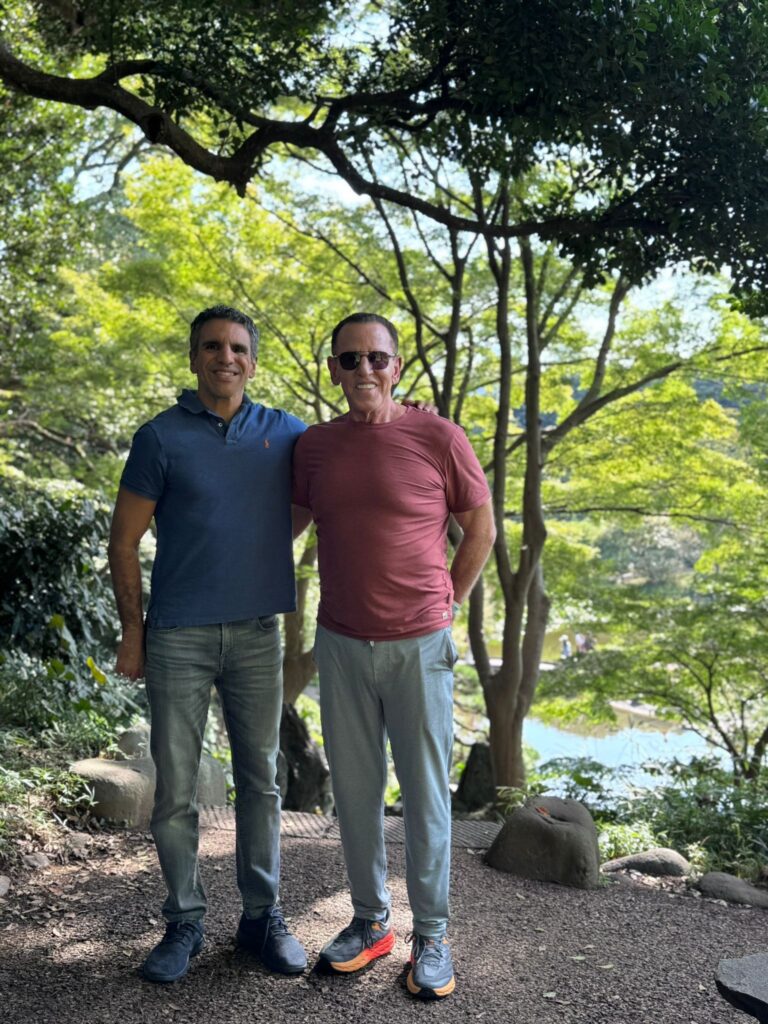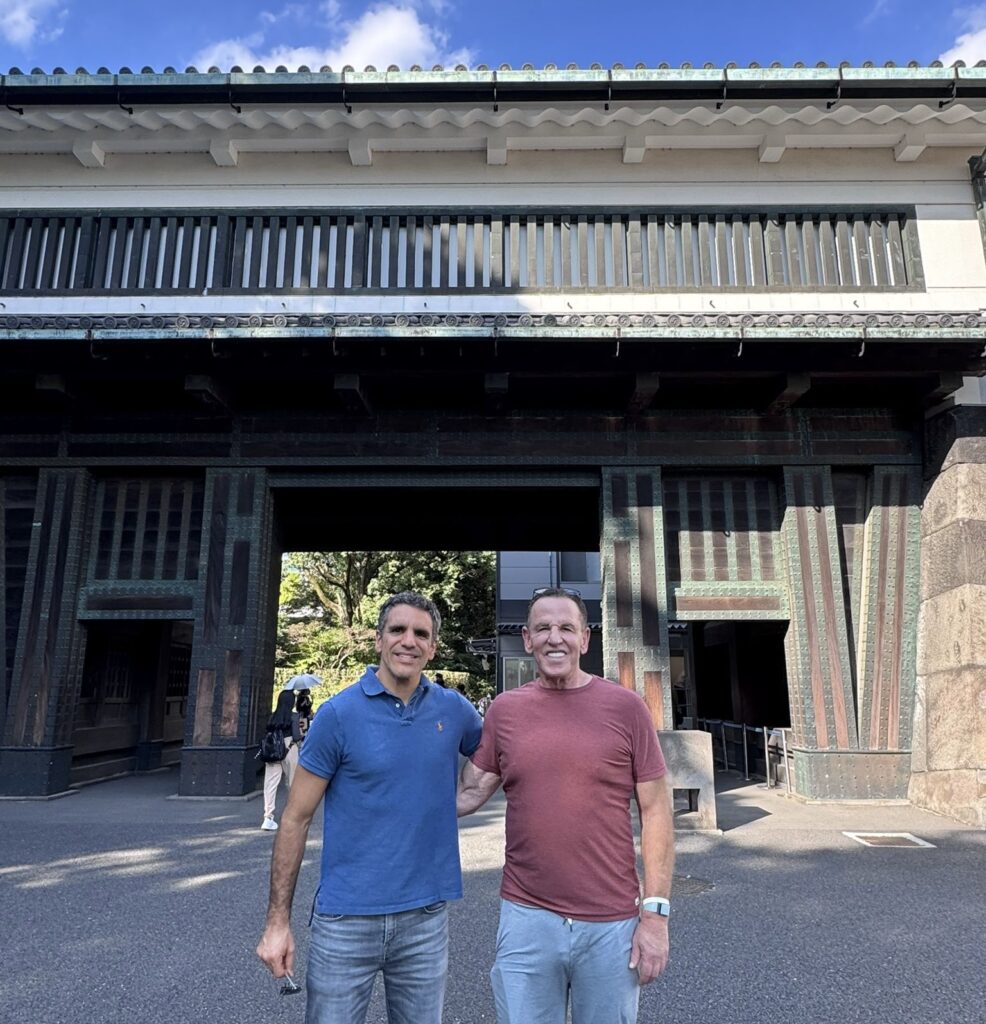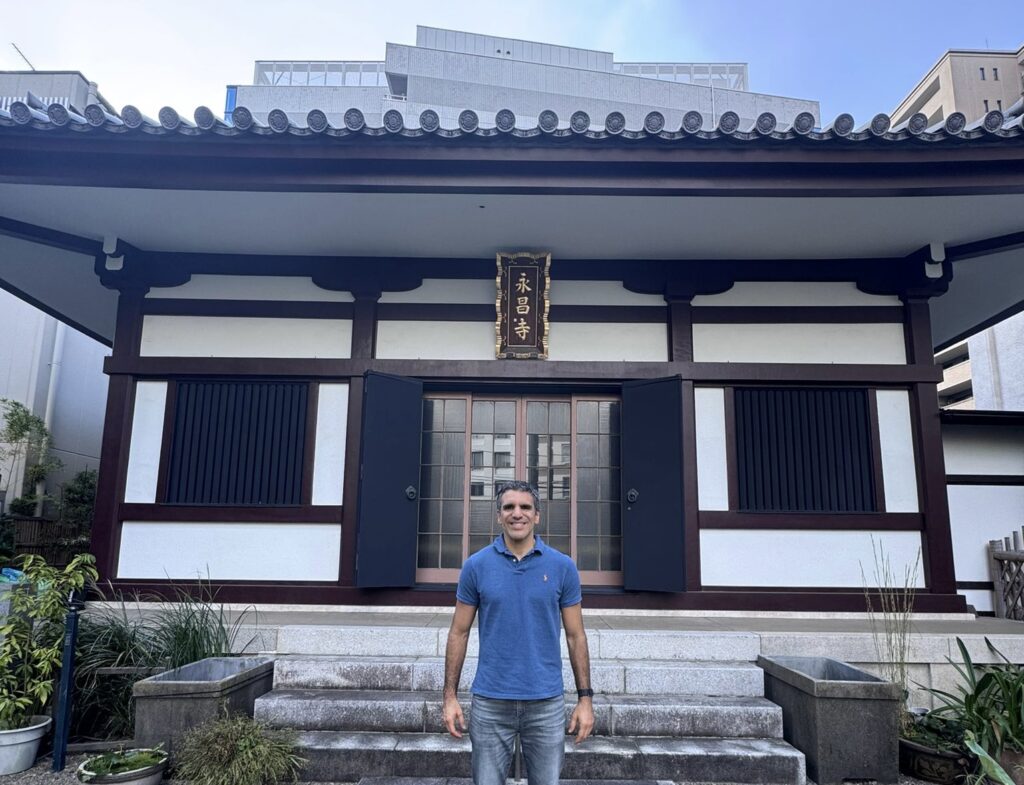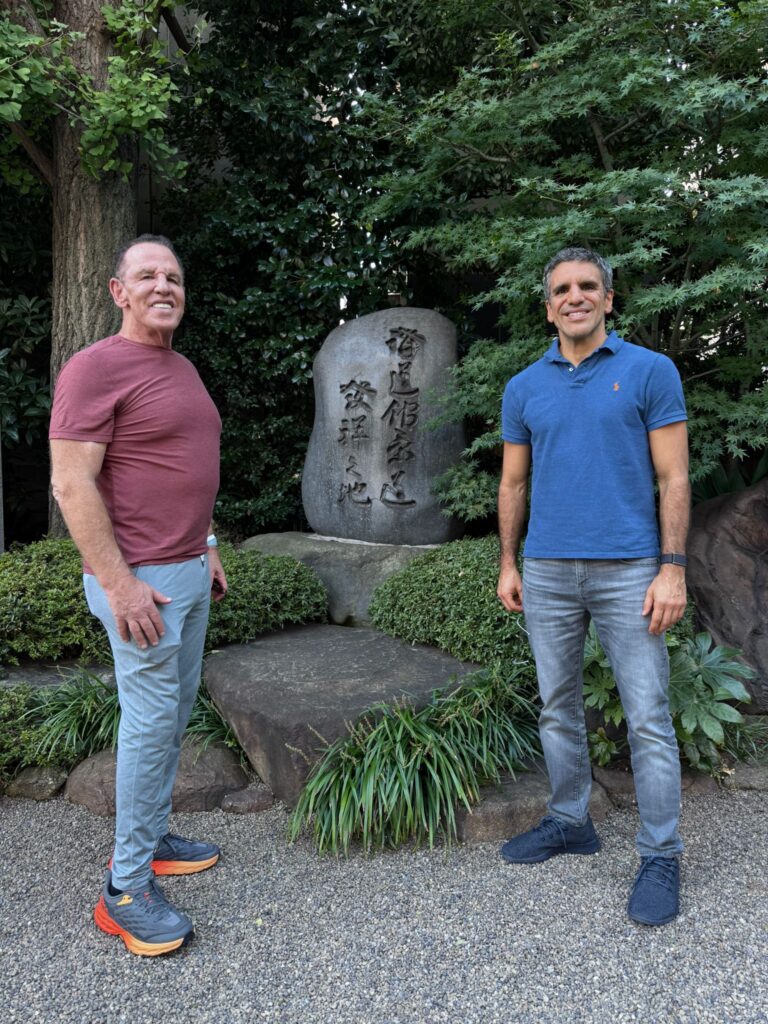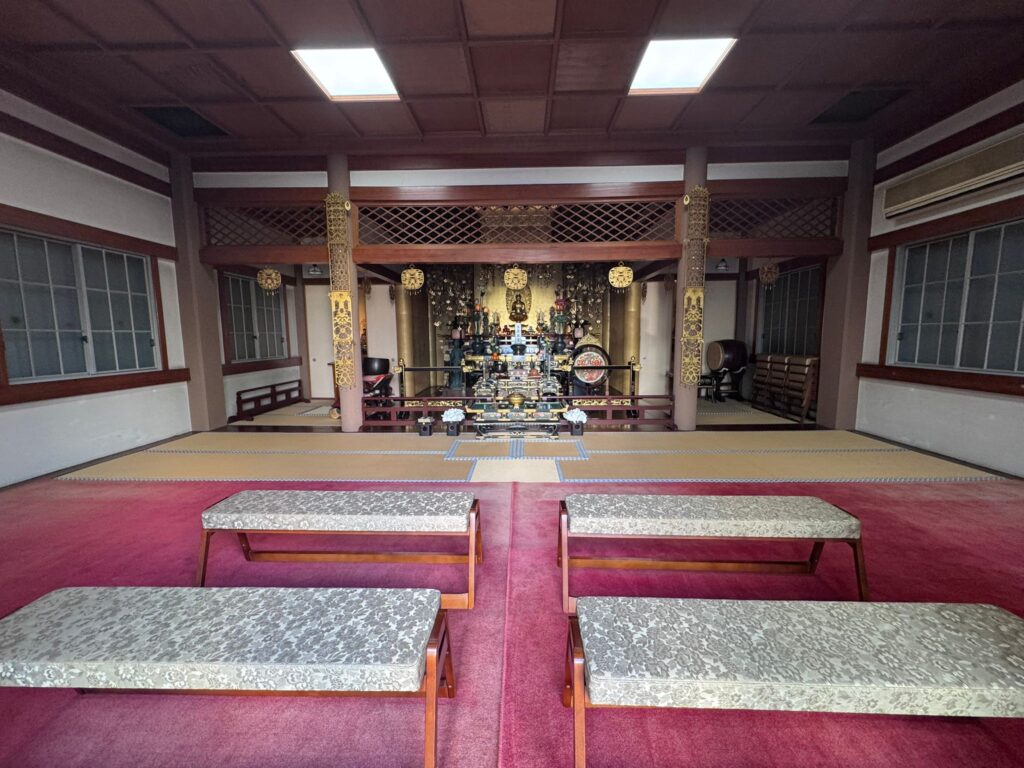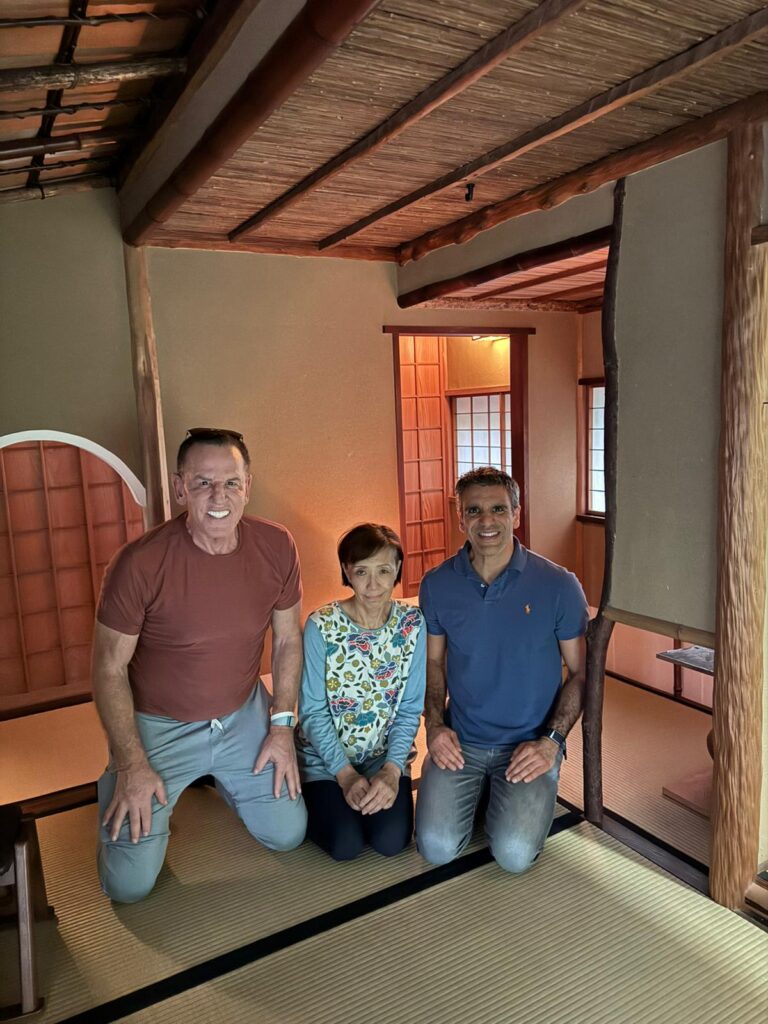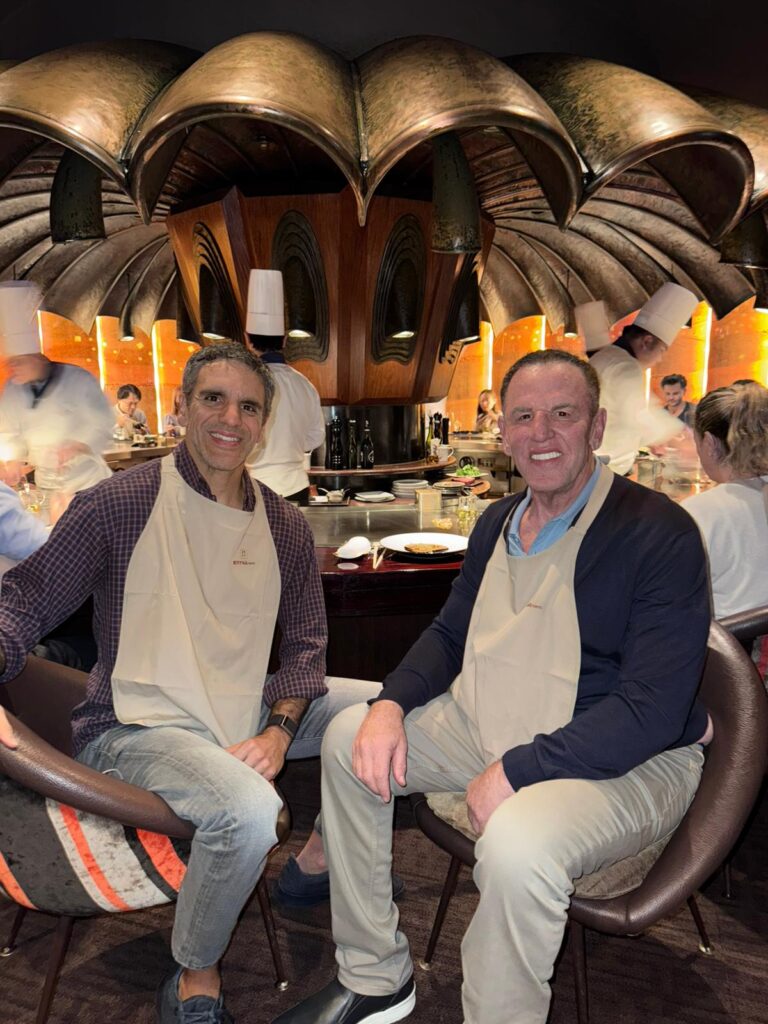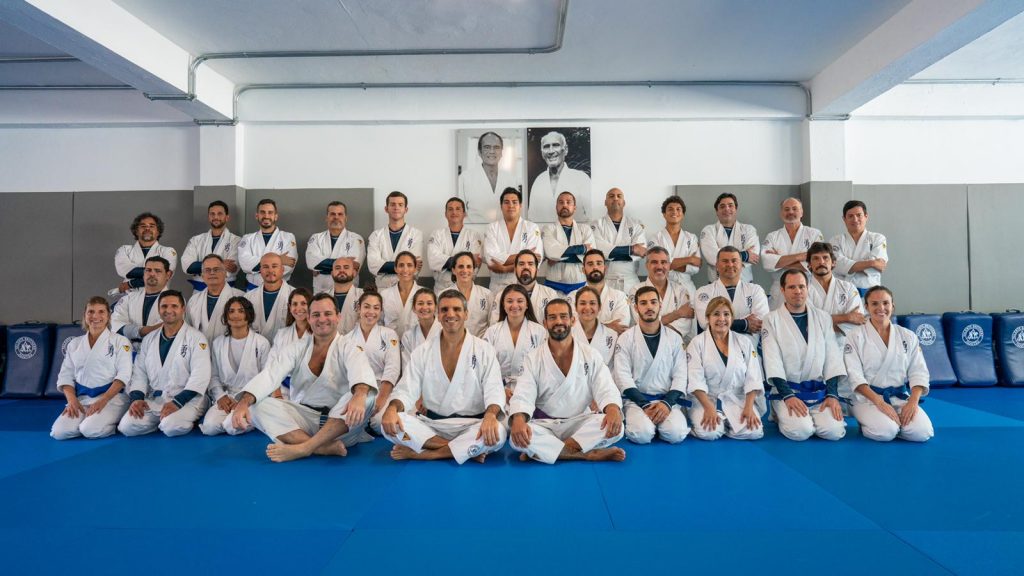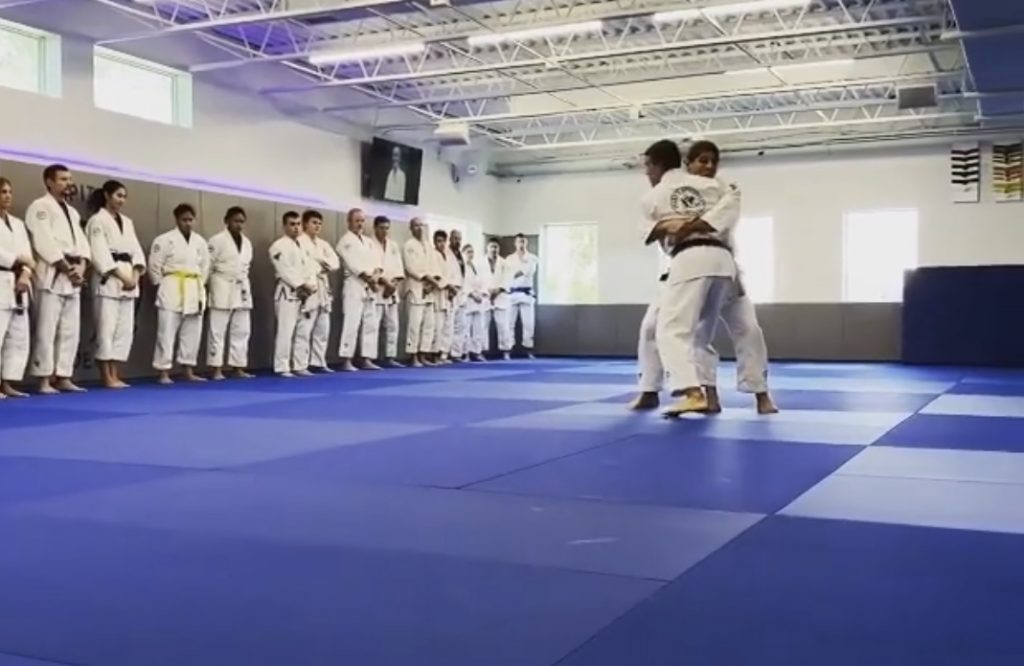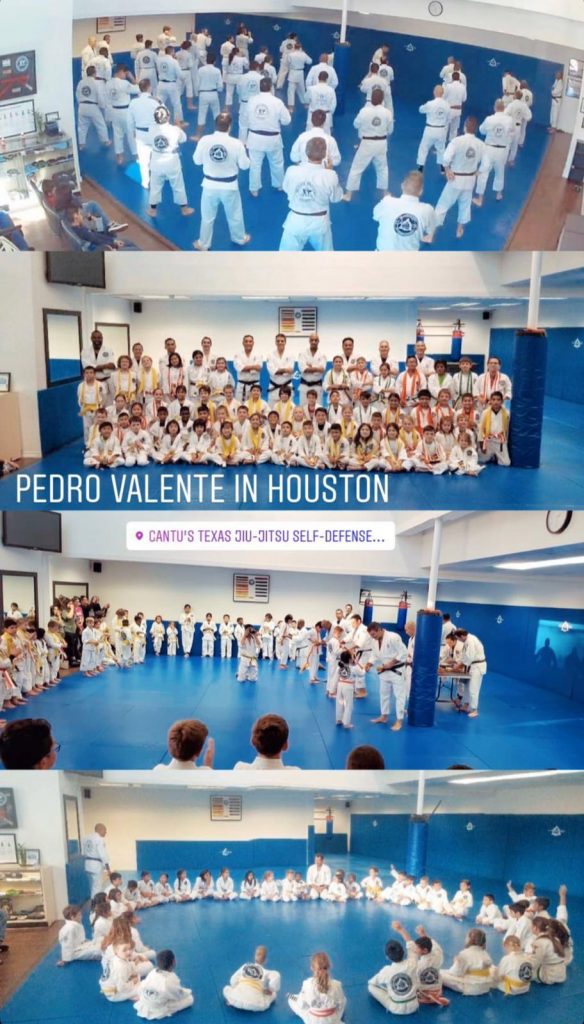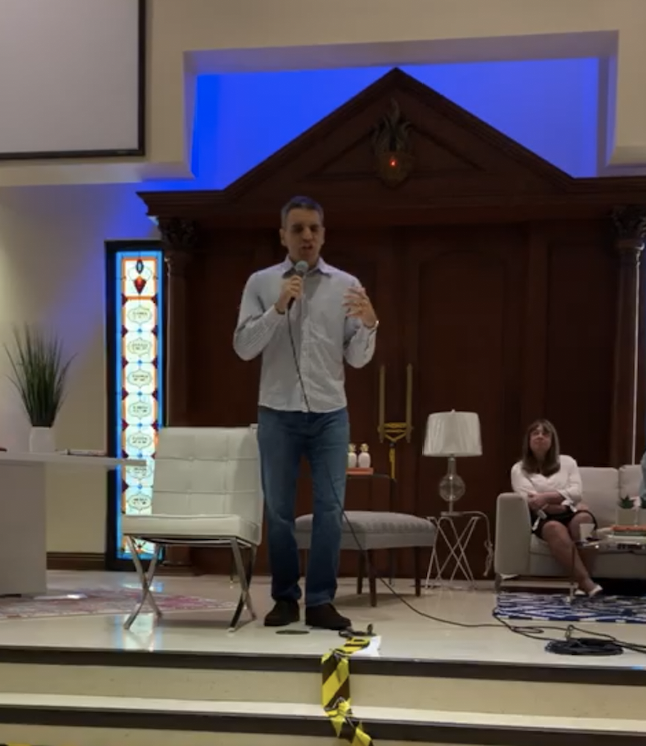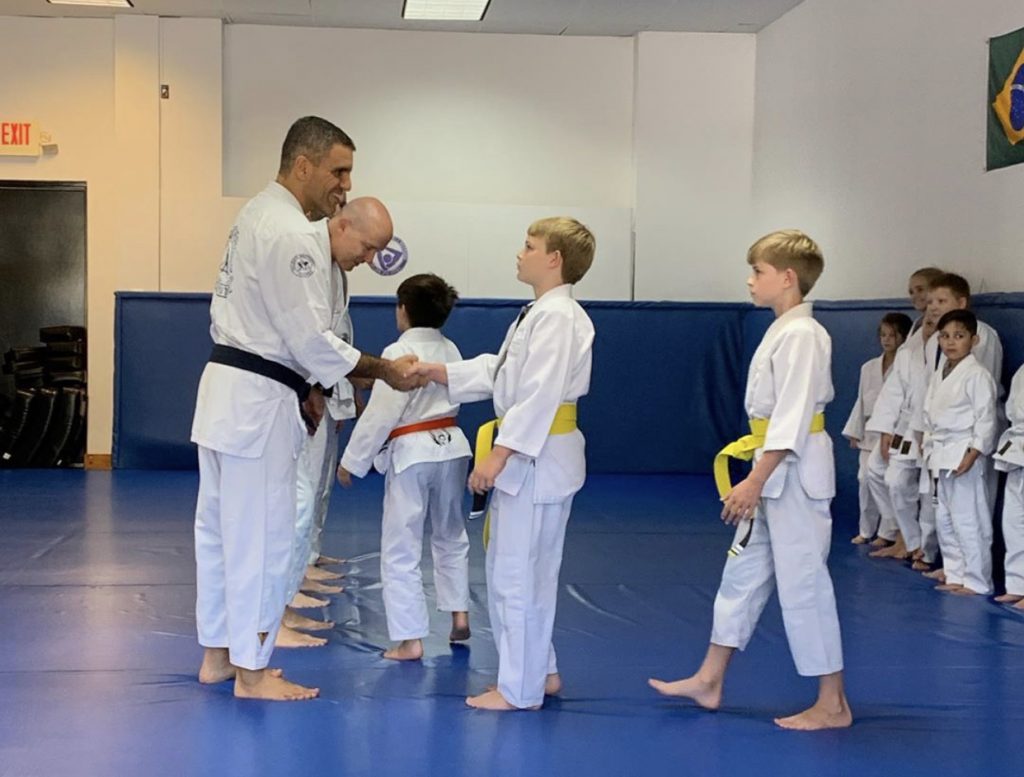After a great breakfast at the hotel, Pedro Valente and Ted Schwartz set off for a day trip to Nara. On the way, they made a stop in South Kyoto at the famous Fushimi Shrine, known for its 1,000 red gates.
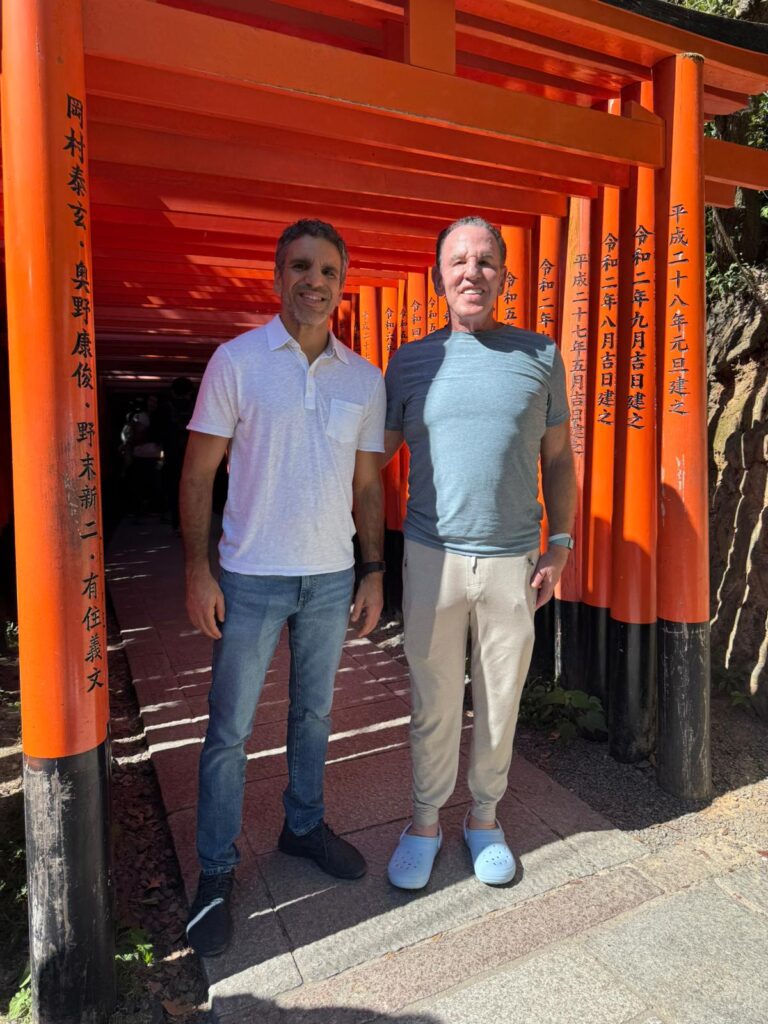
From there, they continued their drive to Nara, where their first stop was the Todaiji Temple, home to the Great Buddha Statue. This enormous bronze statue, the largest in the world, dates back to the 8th century. After touring the Todaiji Temple and many of its beautiful ancient structures, Pedro and Ted headed to the top of Mount Wakakusa, which stands at about 1,200 feet. The peaceful surroundings and the breathtaking view of Nara from above offered a moment of tranquility and reflection, surrounded by nature.
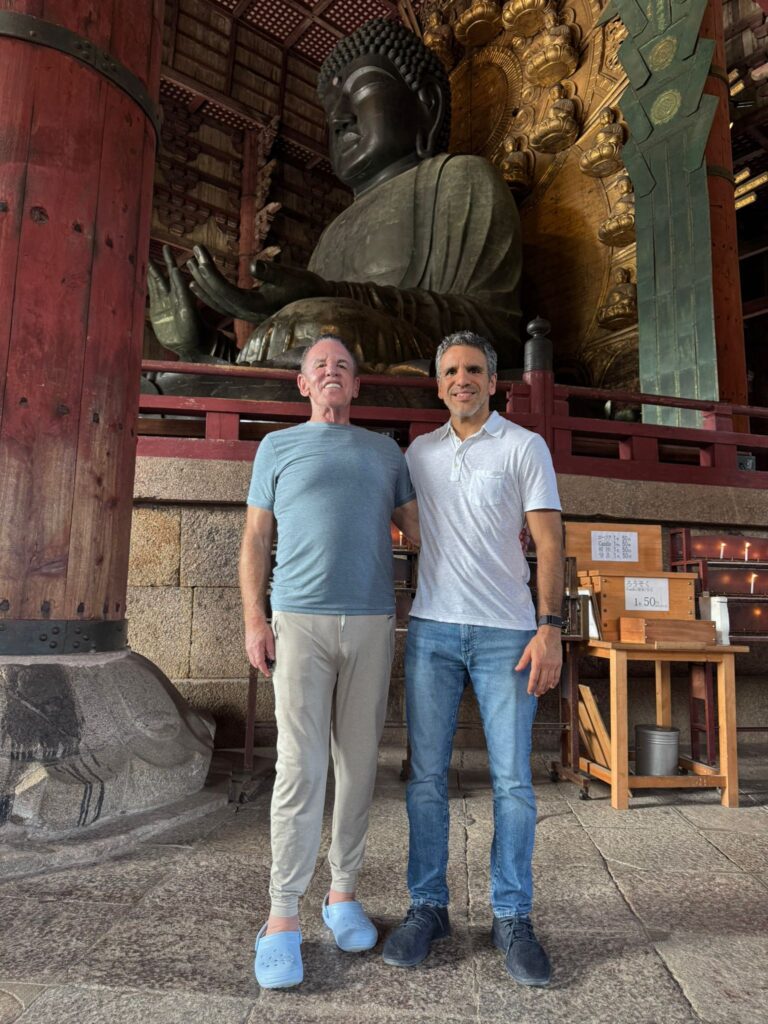
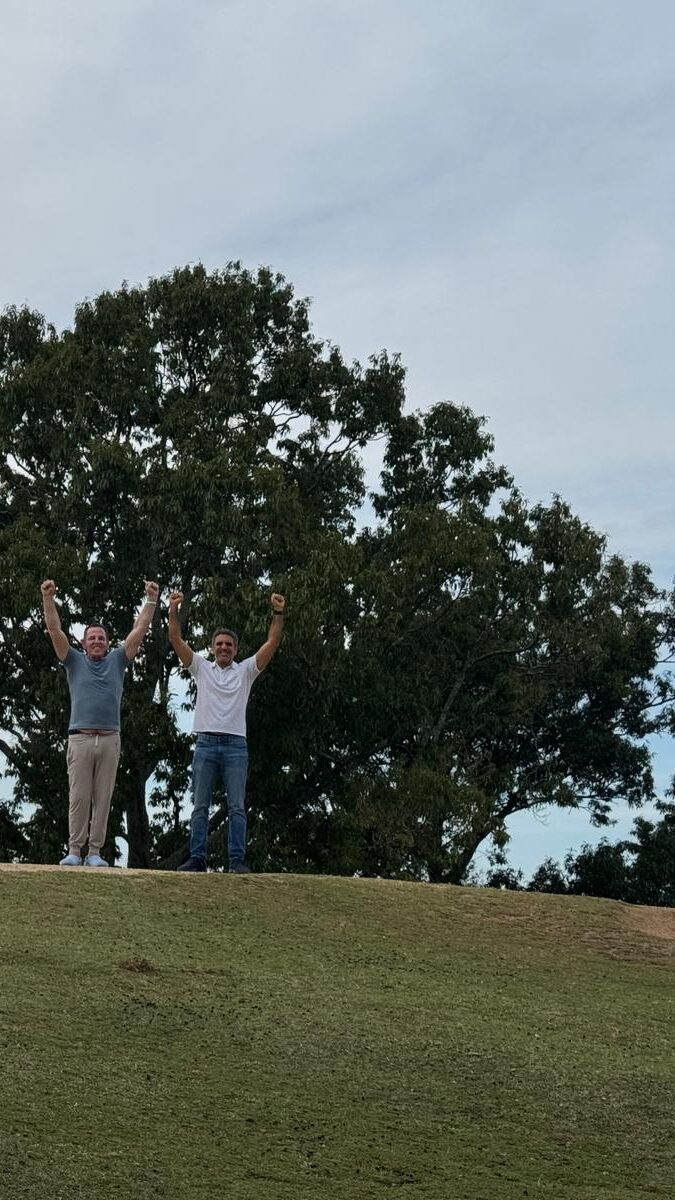
Throughout Nara, we noticed that deer roam freely, a unique feature of the city tied to the Shinto religion, which considers these animals to be sacred. Pedro and Ted were impressed by this natural harmony as they made their way to the Kasuga Shrine, famous for its beautiful lamps. This visit marked the final stop in Nara before they drove back to Kyoto.
Back in Kyoto, Pedro Valente and Ted Schwartz enjoyed a wonderful sukiyaki dinner before returning to the hotel to pack and prepare for the journey back to Miami. Reflecting on the trip, Pedro expressed how the experience had far exceeded their expectations, not only for the invaluable research and the historical landmarks they visited, but most importantly for the profound connection they felt to Japanese culture. The respect, good manners, positivity, and happiness of the Japanese people left a deep impression, reaffirming the Valente Brothers commitment to teaching Japanese martial arts, philosophy, and culture.

